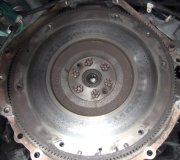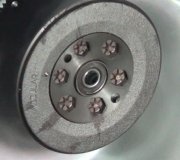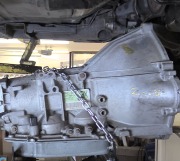There's two misconceptions that must be cleared up. The cause of the jerking you asked about is very often caused by the use of the wrong transmission fluid that is missing a critical additive. I was trying to get you to verify that by tapping the brake pedal. This shudder always occurs at the lower speeds where the torque converter starts to lock up to provide improved fuel mileage. That is the range of speeds you listed. Tapping the brake pedal initiates an "unlock" command in preparation for the computer thinking you're coming to a stop. When you continue driving after releasing the brake pedal, the lock-up occurs again about two seconds later, then the shudder resumes. The additional clue is this doesn't occur at higher speeds when the torque converter is fully locked up.
The second misconception has to do with the oxygen sensor diagnostic fault code. That code did not say to replace the sensor or that it is bad. Fault codes never say to replace a part. They only indicate the circuit or system that needs further diagnosis, or the unacceptable operating condition. When a part is referenced in a fault code, it is actually the cause of that code about half of the time. First we have to rule out wiring and connector terminal problems, and mechanical issues related to that part. There's dozens of fault codes related to oxygen sensors, and they mean very different things. We need to know the exact fault code number to know where to start the diagnosis.
Saturday, April 22nd, 2017 AT 9:45 PM


